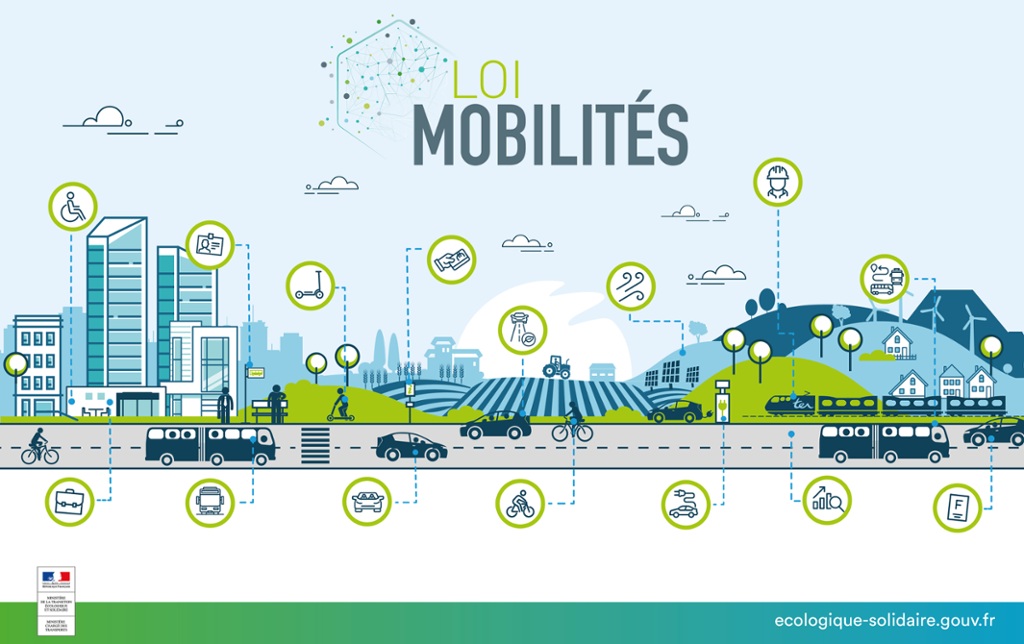
On 6 February, the Finance Bill (PLF) and the Social Security Financing Bill (PLFSS) 2025 were adopted. Their imminent publication in the Official Journal will formalize the new taxation of vehicle fleets in 2025, with important changes that will have a direct impact. vehicle fleet managers.
A restrictive tax system for business mobility
Tax reforms will profoundly change the way businesses are taxed on cars. They will tax polluting vehicles more and reduce subsidies for the energy transition. The abolition of the conversion bonus and the significant reduction of the ecological bonus will make it more difficult to adopt “low-emission” vehicles. To overcome this obstacle course, companies need tools, in particular to analyze the uses of each vehicle. For example, this is what OPTIMUM offers, with its Electrification study which makes it possible to identify “electrifiable” vehicles. This makes it possible to “green” vehicles whose use is compatible with electric motors.
Changes to TVU and registration fees
Vehicle Use Tax (Vehicle Use Tax) TVU) is in the midst of change. Thus, since January 1, 2025, the exemption for hybrid vehicles has been abolished. However, vehicles running on E85 superethanol benefit from a compensation of 40% on CO2 emissions (under certain conditions).
A tax on greening fleets of more than 100 vehicles

At the same time, regional registration tax has increased in almost all regions of France. In addition, the car registration exemption for so-called “clean” vehicles has been abolished, with the exception of Hauts-de-France, which maintains a 50% reduction.
In addition, to accelerate the electrification of vehicle fleets, the government is introducing a new tax targeting businesses with more than 100 vehicles. As of 1 March 2025, these companies will have to pay a fine of 2,000 euros per missing low-emission vehicle. This tax will increase to 4,000 euros in 2026 and reach 5,000 euros in 2027. However, some categories are exempt from this measure: rental fleets, agricultural vehicles, public transport and driving schools.
Reinforcement of the ecological penalty
One of the most important changes concerns the tightening of the ecological penalty, accompanied by a significant reduction in the premium. In fact, as of March 1, 2025:
- The threshold for triggering the CO2 penalty will be lowered from 118 g/km to 113 g/km
- The penalty ceiling will gradually increase, from €70,000 in 2025 to €90,000 in 2027 (against €60,000 currently)
As for the weight-based penalty, hybrid vehicles will gradually lose their allocation, and electric vehicles will also be affected from July 1, 2026. However, a reduction of 600 kg will be applied to their mass in working order.
Reduction in the ecological bonus
At the same time, the ecological bonus will be severely restricted. Now excluded for fleets, it will be limited to a budget of 690 million euros for individuals in 2025. Therefore, depending on household income, the subsidy will vary between 2,000 and 4,000 euros. According to the government, this measure would allow the purchase of around 200,000 electric vehicles over the year. On the other hand, electric or hydrogen-powered vans are no longer eligible for this device.
Favoring the sustainable mobility package (FMD) for greener mobility

The FOOT AND MOUTH DISEASE is a key solution to encourage the use of alternative modes of transport. It allows employers to cover the travel expenses of their employees when they opt for a more environmentally friendly mode of transport to work. Since January 1, 2025, the FMD now includes carpooling, including with a family member. The amounts paid remain exempt from social security contributions and CSG-CRDS up to €600/year.
Rather than simply replacing combustion vehicles with electric vehicles, greening fleets now includes sustainable solutions such as carpooling. Adopting FMD means investing in more responsible and optimized mobility for businesses and their employees.
Conclusion: more restrictive taxation, a challenge for businesses
The new fiscal measures of 2025 are transforming fleet management. They're raising taxes and reducing electrification subsidies. They also impose sanctions on businesses that are late.
Businesses need to manage their fleets as a strategic issue. They must anticipate these changes and adapt their mobility policies. This allows them to remain competitive and comply with regulations.
The energy transition in the automotive sector is continuing, but financial incentives are decreasing. Businesses must optimize their choice of vehicles in order to limit the fiscal impact. They must also maintain sustainable mobility.





